From September 20 to 23, 2025 Palazzo Barberini, home of the National Galleries of Ancient Art, will host the second edition of Art and Collecting in Rome. Among the protagonists of the event is Galleria Longari Arte of Milan, which at booth 49 will present a selection of works spanning different eras and languages, with a common thread that focuses on the ability to restore, through faces and figures, a timeless dialogue between past and present.
Prominent among the main pieces is a female head attributed to a mysterious sculptor from the mid-15th century. The work, possibly depicting a Sibyl because of the absence of religious elements, originated in the Adriatic area, in minor but lively centers compared to the great Florentine workshops of Donatello and Ghiberti. Here, in the last decades of the Gothic period and on the threshold of the Renaissance, new and surprising languages were being experimented with. The scope is that of Dalmatian sculptor Niccolò di Giovanni Fiorentino, from whom emerges this enigmatic face that preserves memories of the ancient reinterpreted in a modern key. The purity of the features is combined with the dynamic trend of the hair, in an expressive synthesis that restores to the sculpture a rare and fascinating poetic intensity.
This image of abstraction is flanked, in sharp contrast, by another female head, which is, however, of vibrant energy. A probable fragment of a 17th-century decoration, in its upward-facing pose it recalls the models of Pietro da Cortona, with obvious references to the Martyrdom of Santa Martina now in the Pinacoteca in Siena but originally intended for the church of San Francesco. The strength of the Cortonian influence translates into a refined mosaic tradition that had great development in the seventeenth century between Siena and Rome, giving the work narrative intensity and technical refinement.
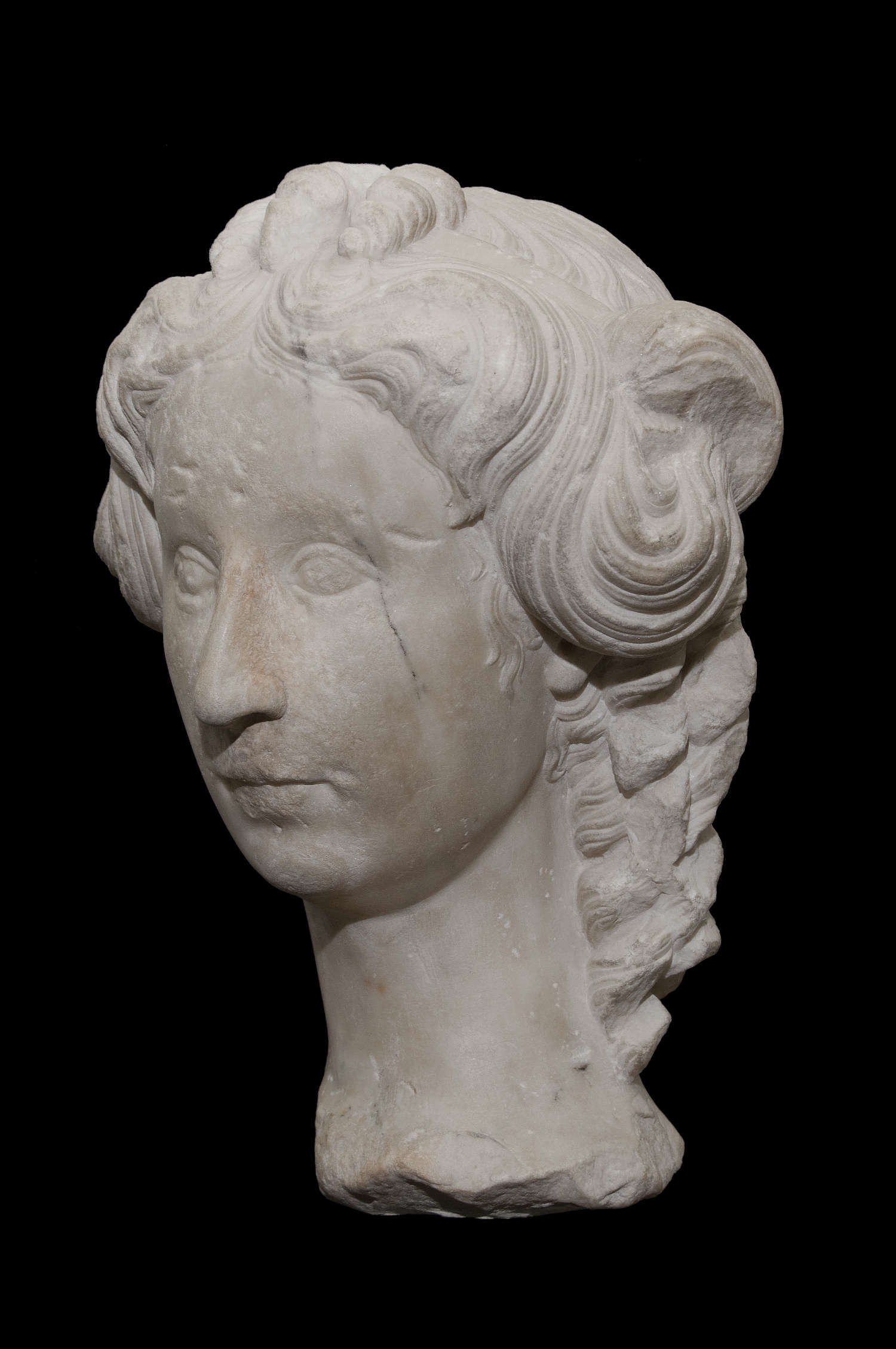
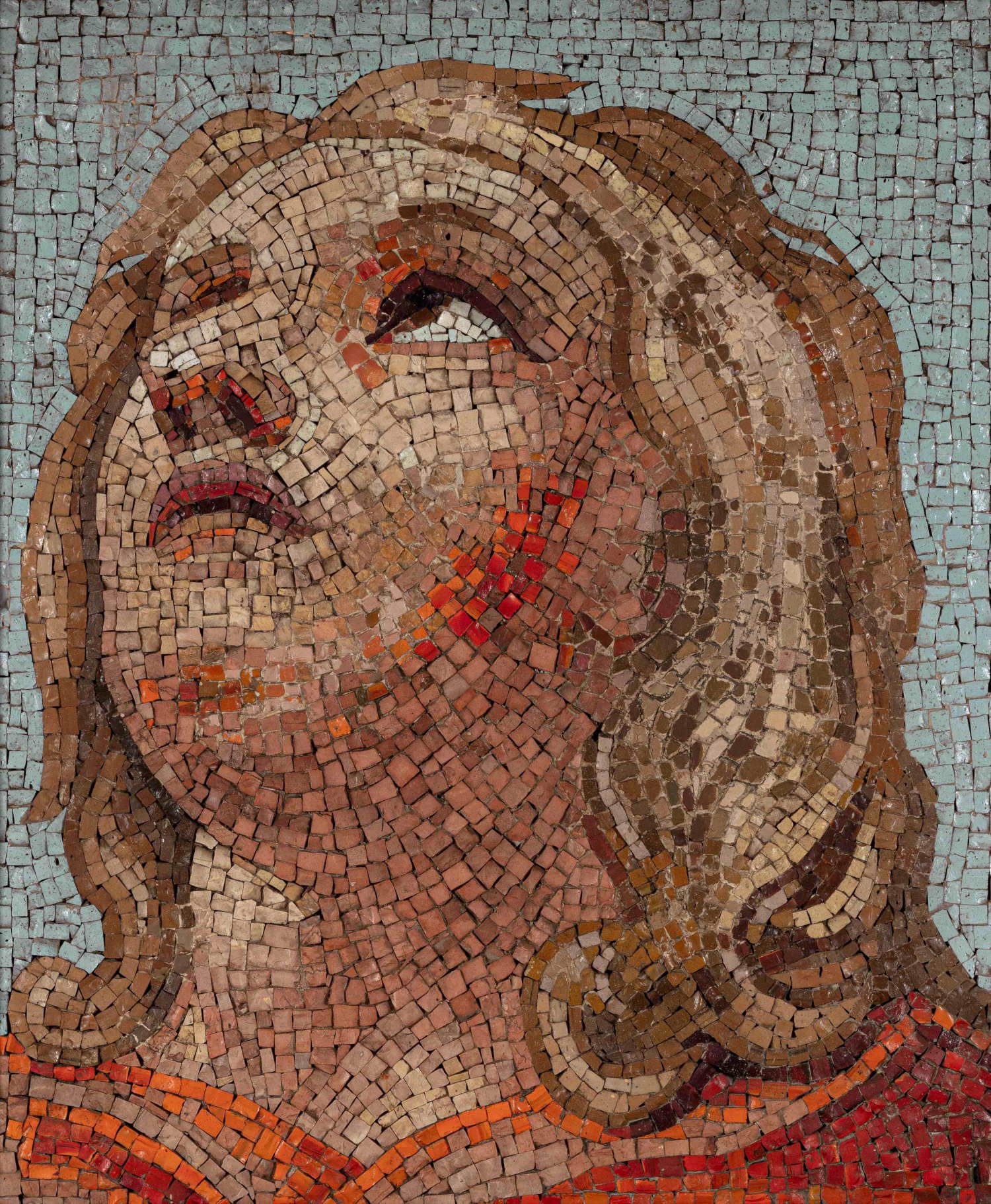
No less significant is the presence of a rare work by Francesco Cavazzoni (Bologna, 1559 - 1612), a painter active in Bologna in the second half of the 16th century. The Marys at Golgotha condenses universal grief into an intimate scene intended for private devotion. Cavazzoni, who was also the author of major public commissions such as the monumental Crucifixion in the church of Santa Cecilia, now in the Pinacoteca Nazionale in Bologna, is here confronted with a small format of the highest quality. The glazed rendering and the brightness of the contrasts reveal his attention to Nordic and Flemish models, transposed thanks to the presence in the city of masters such as Denijs Calvaert. Making the work even more precious is the original frame, a fine ebony artifact embellished with inserts of agate, carnelian, lapis lazuli, porphyry, and Sicilian jasper, with a gilded bronze frieze frieze that testifies to the very high status of the patron.
Next to this painting is another extraordinary example of private devotion, The Miracle of Saint Dorothy. It is a painting on glass, a rare and complex technique rooted in the Venetian tradition of the mid-sixteenth century. The work, housed in a coeval gilded and bead-blasted frame with glass frames at the corners, is a small vision of light and color, capable of restoring the suggestion of an artistic practice that combined the intimacy of domestic prayer with the refinement of technical experimentation.
The itinerary proposed by Longari Arte continues with two refined terracottas by Giuseppe Mazzuoli il Vecchio (Volterra, 1644 - Rome, 1725), among the most important Sienese sculptors of the 17th century. Trained in Rome, where he worked steadily throughout his life in the service of such prominent patrons as Cardinal Chigi and the Rospigliosi Pallavicini family, Mazzuoli wisely interprets the Baroque plastic tradition, restoring in his terracottas a narrative intensity that anticipates the monumentality of the great marble works. These works, conceived for private devotion, testify to the constant dialogue between small scale and large-scale building sites that characterized the sculptor’s activity.
Two other terracottas, however, are in the nature of preparatory models for large-scale works. The first is one made by Innocenzo Spinazzi (Rome, 1726 - Florence. 1798) as a model for the marble statue of St. Joseph Calasanz, sculpted in 1755 and placed in St. Peter’s Basilica in Rome, along the central nave at the height of the right transept. The second is a mythological group attributed to Jacob Sigisbert Adam (Nancy, 1670 - 1747), perhaps never translated into marble. The Adam family, originally from Nancy, constituted one of the greatest dynasties of French sculptors of the 18th century. Trained in Lorraine, members of the family put their talents at the service of major European patrons, participating in wide-ranging projects and spreading a sculptural language that oscillated between classicism and mature Baroque.
Finally, among the most eagerly awaited works presented in the gallery’s booth is the bust of Alexander the Great modeled in 1819 by Ascoli sculptor Domenico Paci (Ascoli Piceno, 1785 - 1863). Trained in Rome, Paci was a great admirer of Antonio Canova and assimilated from the master the neoclassical taste combined with a special attention to the idealized rendering of faces. The bust depicts the Macedonian leader in a solemn, idealized style: the face lifts slightly upward, expressing firmness and determination. The helmet surmounted by a dragon, with its deep shadows, contrasts with the luminous purity of the features, in a synthesis that reinterprets ancient and Renaissance models. Among the figurative sources that inspired Paci were the bust of Alexander as Apollo in the Capitoline Museums and the 16th-century depictions of the Macedonian ruler’s life elaborated by artists such as Raphael and Perin del Vaga. The work is thus charged with a mythical aura, blending classical tradition and neoclassical spirit into a powerful image.
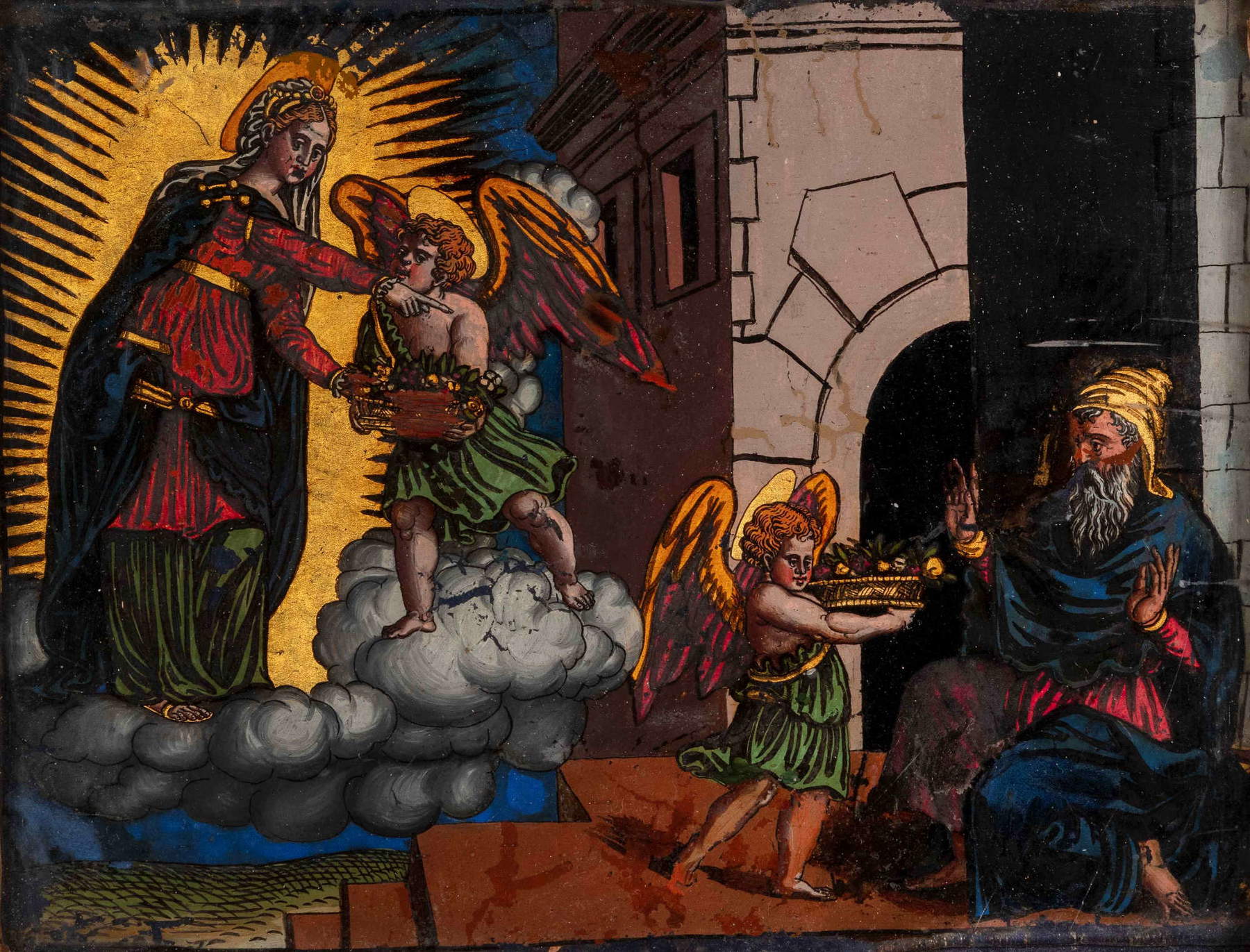
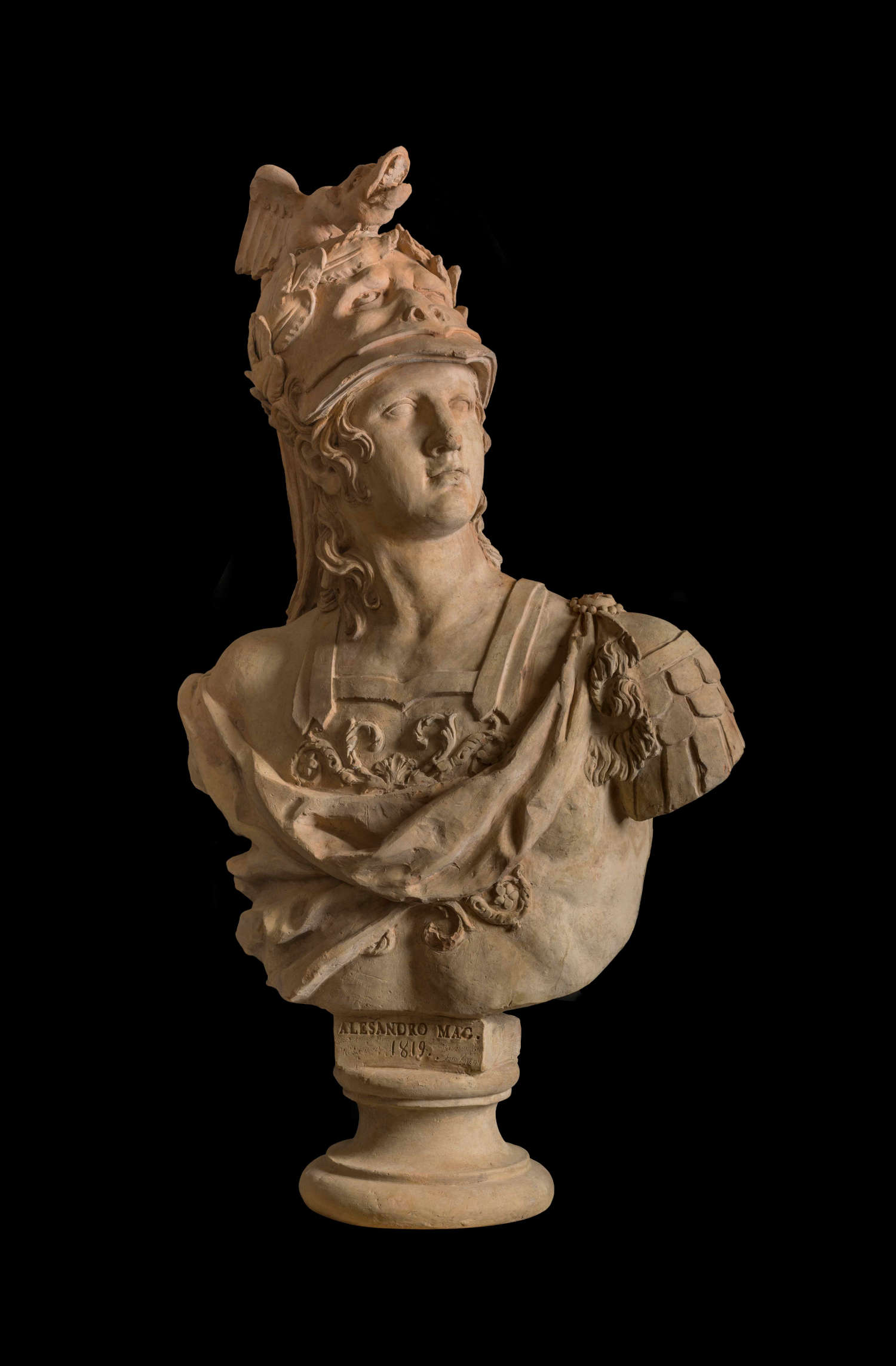
Longari’s participation in the fair represents not only the continuation of a long tradition of presence at major antiques and art market events, but also an opportunity to present to the public a nucleus of works spanning five centuries of art history, from the 15th to the early 19th century. The gallery, which has been carrying out research, study and enhancement of Italian heritage for three generations, confirms with this selection its vocation for important collecting.
Stand 49 at Palazzo Barberini will therefore become, for four days, a space where the public can encounter faces and images that span the centuries, restoring the memory of an artistic past that continues to interrogate the present.
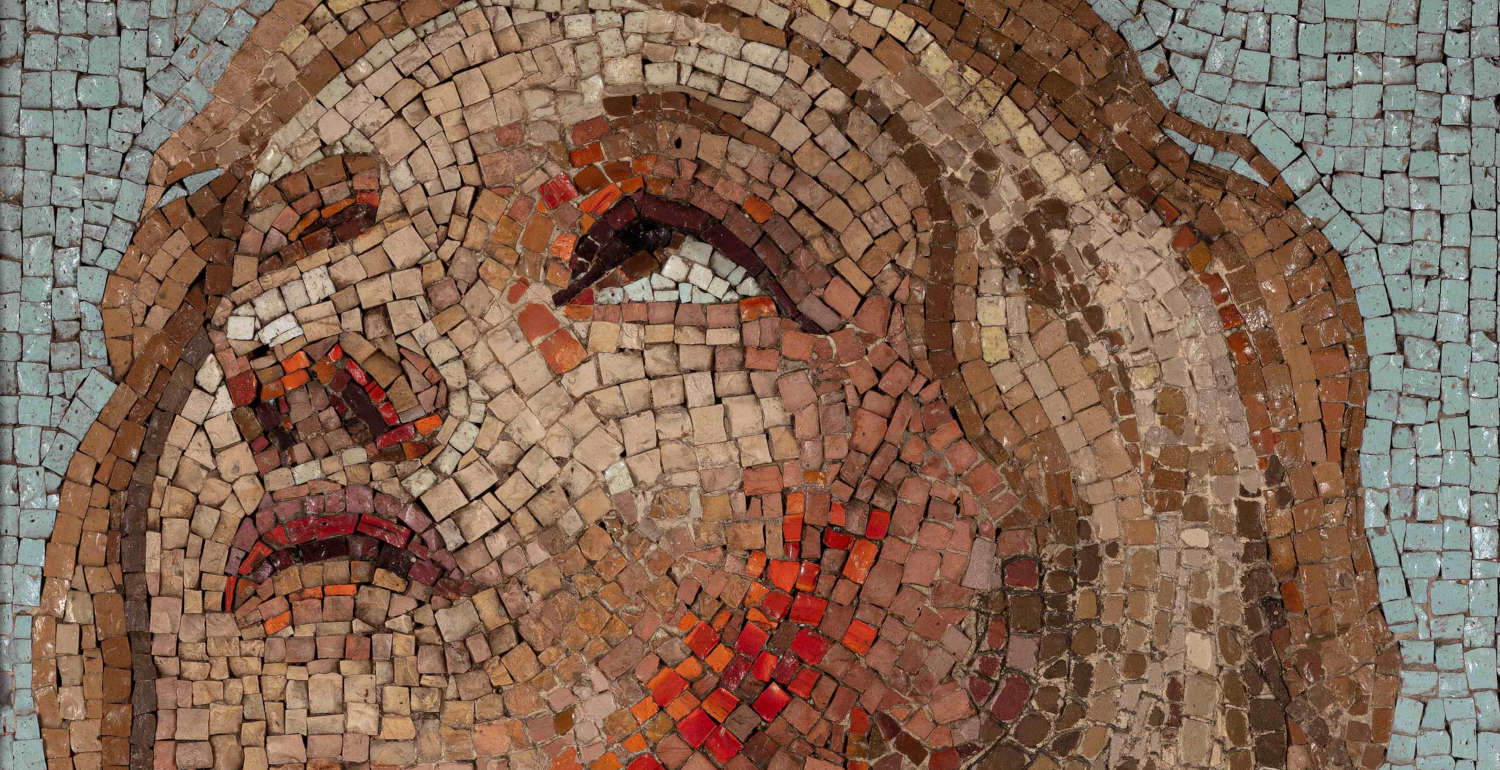 |
| Longari Arte brings rare works to art and collectibles fair in Rome |
Warning: the translation into English of the original Italian article was created using automatic tools. We undertake to review all articles, but we do not guarantee the total absence of inaccuracies in the translation due to the program. You can find the original by clicking on the ITA button. If you find any mistake,please contact us.